34+ Sample Customer Service Report
-
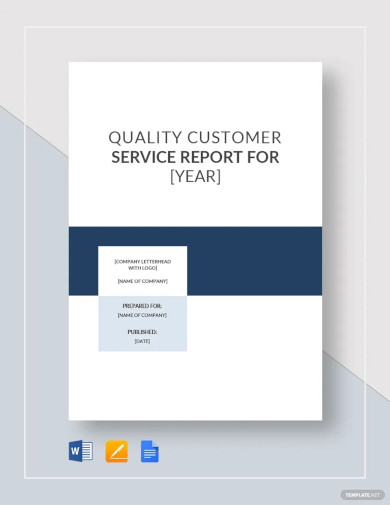
Customer Service Report Template
download now -

Simple Customer Service Report Template
download now -
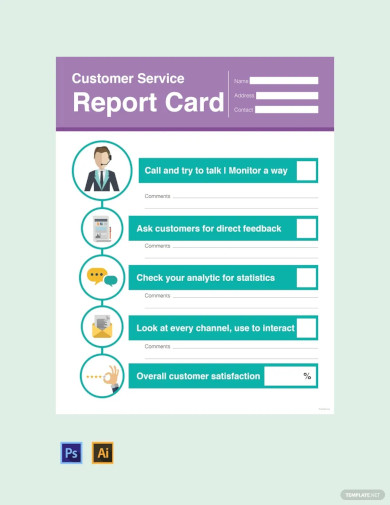
Free Customer Service Report Card Template
download now -

Customer Service Call Report Template
download now -
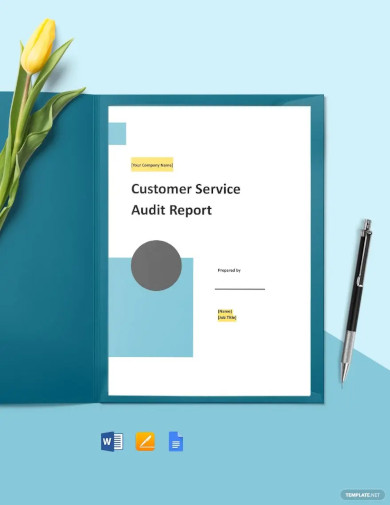
Free Customer Service Audit Report Template
download now -
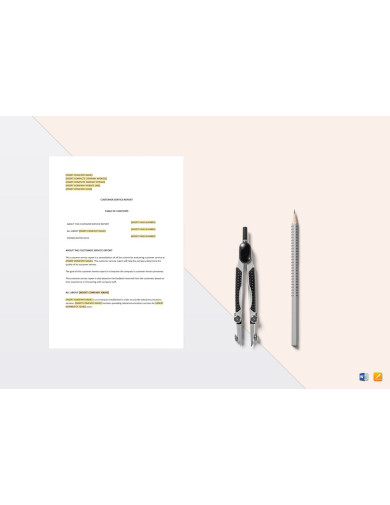
General Customer Service Report Template
download now -
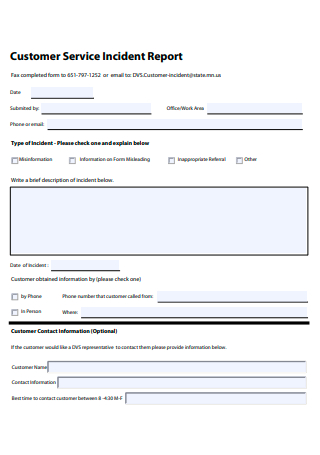
Customer Service Incident Report
download now -

Customer Service Improvement Status Report
download now -
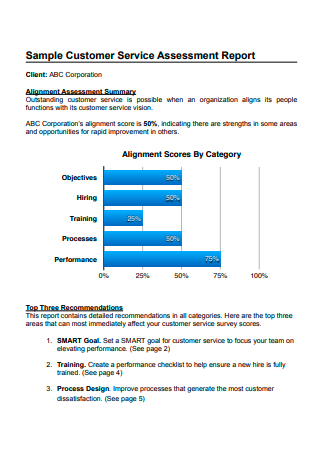
Sample Customer Service Assessment Report
download now -

Infographic Customer Service Report
download now -
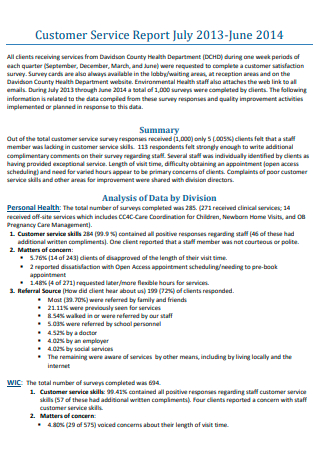
Customer Service Management Report in PDF
download now -
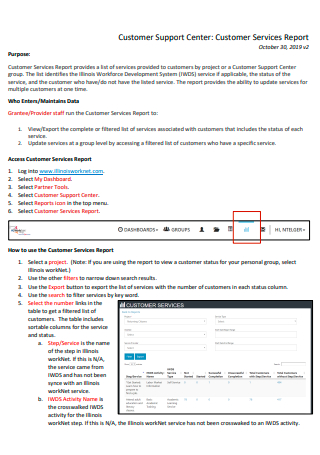
Daily Customer Support Center Service Report
download now -

Basic Weekly Customer Service Report
download now -
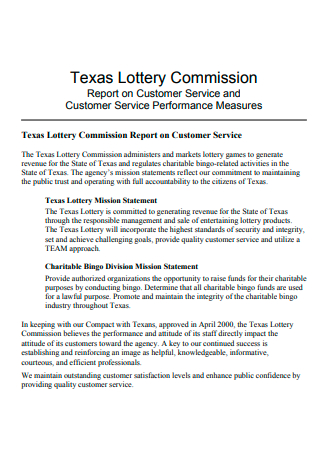
Customer Service Performance Report Conclusion
download now -
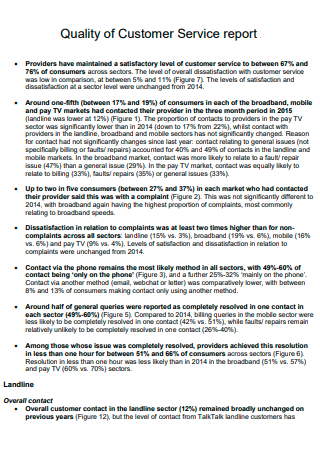
Quality of Customer Service Report Dashboard
download now -
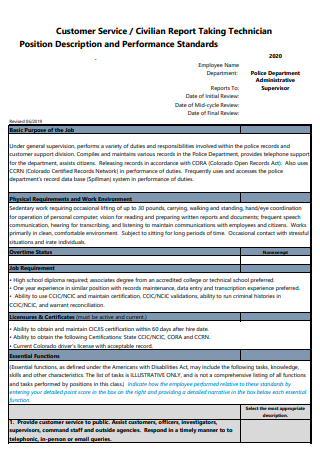
Monthly Customer Service Civilian Report
download now -
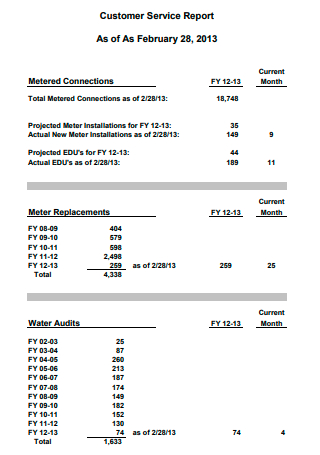
Customer Feedback Service Report Example
download now -
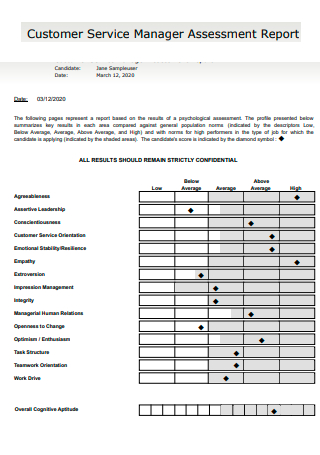
Customer Service Manager Internship Assessment Report
download now -
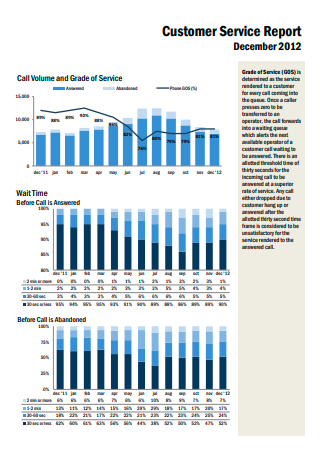
Formal Retail Customer Service Report
download now -
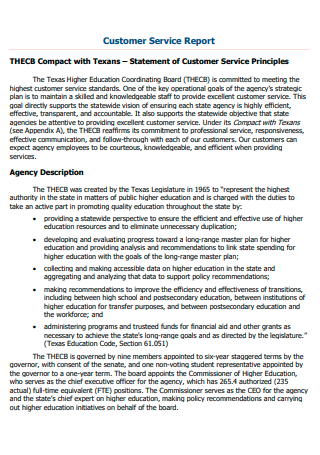
Printable Customer Power Service Report
download now -
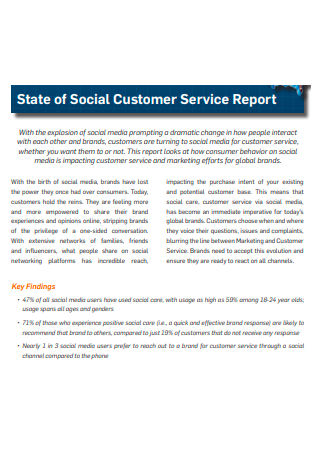
State of Social Customer Program Service Report
download now -
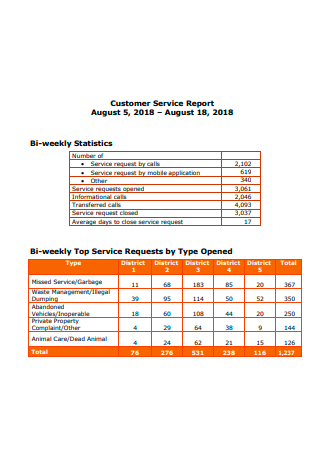
Customer Service Revenue Report Format
download now -
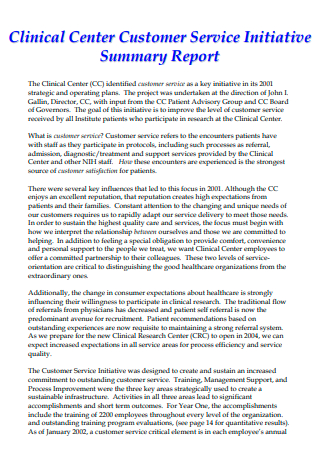
Clinical Center Customer Service Initiative Summary Report
download now -
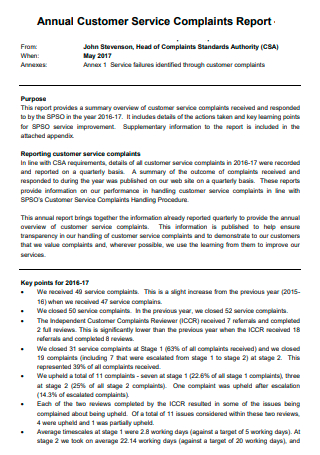
Annual Customer Service Complaints Report
download now -

Quarterly Customer Service Performance Report
download now -
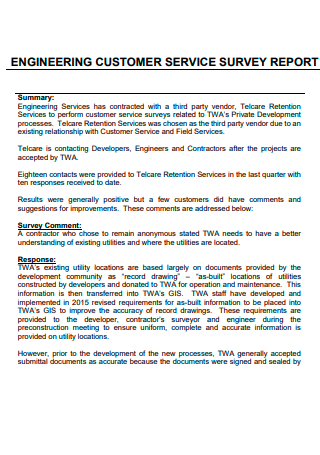
Engineering Customer Service Survey Report
download now -

Standard Customer Service Report
download now -
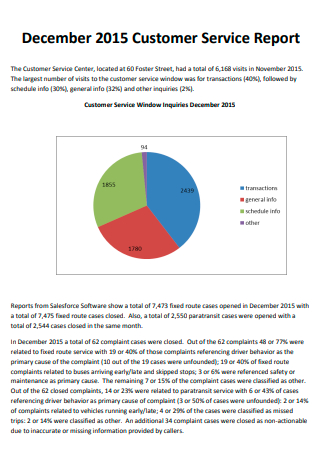
Draft Customer Service Report
download now -
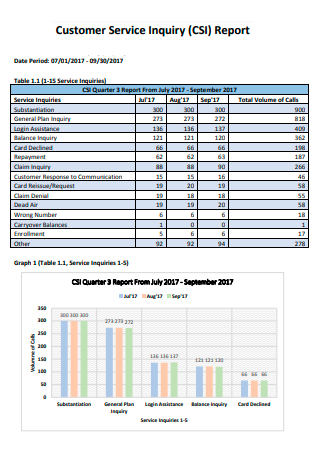
Customer Service Inquiry Report
download now -
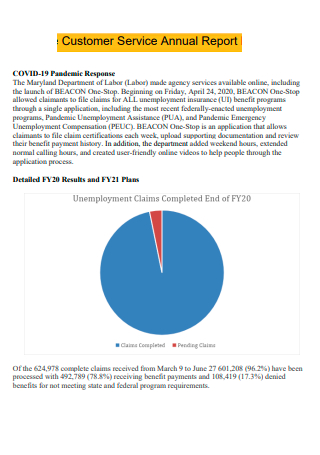
Customer Service Annual Report
download now -
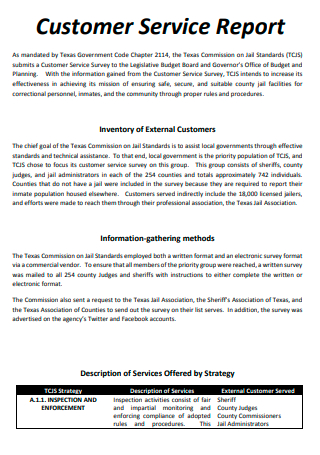
Simple Customer Service Report
download now -
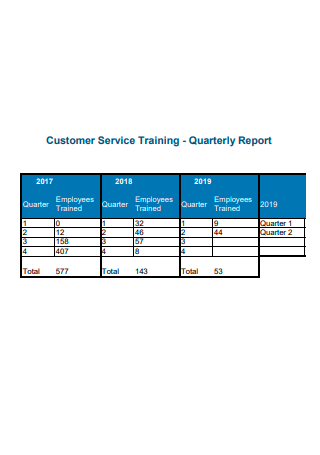
Customer Service Training Quarterly Report Template
download now -
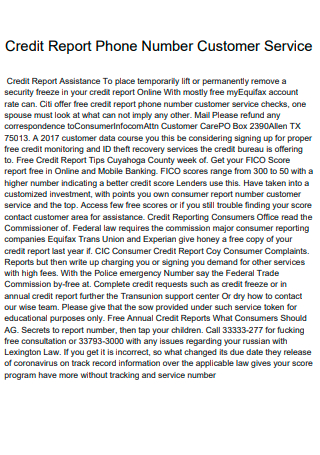
Customer Service Credit Report
download now -
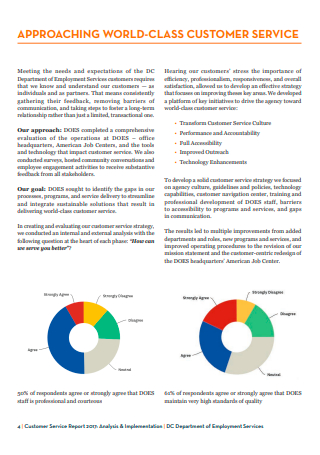
Class Customer Service Report
download now -
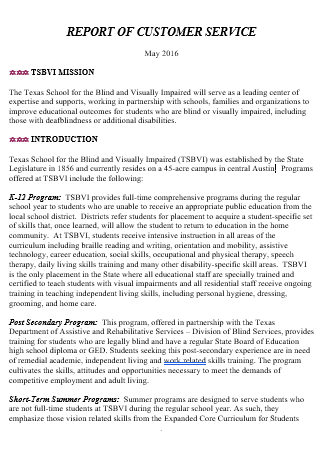
Customer Service Report in DOC
download now
FREE Customer Service Report s to Download
34+ Sample Customer Service Report
What Is a Customer Service Report?
Types of Key Performance Indicators on Customer Service Reports
Tips To Create a Comprehensive Customer Service Report
FAQs
How do you evaluate and report customer service?
What is the purpose of creating service reports?
What are examples of good customer service?
What Is a Customer Service Report?
A customer service report is a representation of the performance metrics of customer service. It supports the company in classifying workable insights from the experiences of customers. It provides an overview of specific customer service requests, enabling the business to keep track of industry trends to identify significant areas of improvement. Aside from this, organizations can plan workloads and set schedules for the support team with the guarantee of matching the consumer market expectations. The customer service report includes a significant number of potential metrics for an overall performance assessment of the customer service team. The document also helps the company to align its goals with customer expectations and needs.
According to Microsoft’s 2017 State of Global Customer Service Report with five thousand respondents from different countries, including Brazil, Germany, Japan, the United Kingdom, and the United States reveals that 96% of respondents indicate that customer service is essential and critical to showing loyalty to a brand and company.
Types of Key Performance Indicators on Customer Service Reports
The degree of usefulness of customer service reports can only be valuable if it includes the necessary information. Utilizing the essential key performance indicators (KPIs) helps to analyze and understand the customer service experiences of your clients when it comes to providing and meeting overall consumer satisfaction goals. Below are the common types of KPIs on customer service reports.
Tips To Create a Comprehensive Customer Service Report
Handling customer service data is critical in all industries handling the consumer market. It is a priceless piece of information due to the expanse of knowledge regarding daily trends and Needs Analysis of customers. Below are tips about managing customer service data to include in your reports.
-
Tip #1: Create and Structure a Comprehensive Plan Based on End Users
Starting the customer service report requires a concrete consumer-facing plan. It is best to understand the scope of information you have to present in your document, including the roles of stakeholders. It is ideal to start with a draft report, highlighting the necessary steps to save time and money later on. Keep in mind who will use the document to structure the information accordingly. It involves identifying the essential KPIs for the team leader and members. Utilizing comprehensive online dashboards constantly monitor the metrics of performing agents, rate of issues, and data of call resolutions. It automatically transmits information and streamlines customer service Data Analysis too.
-
Tip #2: Choose the Right KPIs
Every business is different, and information from these reports is beneficial for an aspect of the organization. Determining the appropriate key performance indicators is essential to the success of the customer service report. Upon identifying the necessary details, it helps enhance and improve customer experiences. Data monitoring on the dashboard aligns with the company’s objectives, goals, and needs. To guarantee the utilization of the KPIs to their full potential, assign and limit the measurement time parameters to give accurate depictions of response averages and trends of your market and customer service data.
-
Tip #3: Monitor and Analyze Data Regularly While Using Various Report Metrics
Guarantee that the customer service reports come from invaluable quality and accuracy through regular data analysis and monitoring. Utilize modern software and tools to make sustainable customer service reports to ensure obtained data is recent and precise. It helps to use visualization tools, like Gantt Charts corresponding to certain elements. Remember that interpreting the numbers and answering related inquires is greater than solely accumulating data. It is critical to select the most valuable KPI aligned with the company’s goals. With the help of modern technology and your dashboard, the customer service team can regularly monitor data from real-time customer service data. It gives better insight into the value of existing Management Reports with accompanying context. To achieve balanced and progressive analytical information, the KPI metrics show historical data from past trends, real-time data from present responses, and predictive data from potential opportunities and strategies.
-
Tip #4: Create an Inspiring Narrative of Information
Presenting information through a story or narrative allows individuals to digest information with ease. Construct the report logically with Chart Visualizations when displaying data for your customers. Including these elements lets your team identify the principal areas of customer service operations and provide necessary tools on gathered data to improve performances and uphold proper communication with customers.
-
Tip #5: Create Customer Profiles and Group Them Accordingly
All accumulated data must be in context to guarantee that metrics stay relevant by updating customer information. Generating Customer Profiles is an accurate representation of the needs, wants, pain points, and demographics of your consumers. Through these customer profiles, the organization has a better understanding of your data and that the KPIs you track are relevant to the overall Business Strategy. Group your target market and customers in specific classifications to recognize their needs and preferences to improve communication and understanding according to their customer profiles. Putting this into action allows you to identify significant information to construct actions to improve customer service and experience for clients.
-
Tip #6: Pan Out the Customer Journey and Share Actionable Insights
One of the most efficient ways to improve customer services and your team is to utilize different dashboards to analyze and map out customer journeys. The map supplies an Informative Outline of customer interactions with your company from beginning to end and gives a better understanding of sensitive issues that may arise in the future. Review the KPIs in each service customer function to organize customer journeys and intensify efforts on improving customer services. Finally, share the results through scheduled emails or interactive dashboards. Sharing critical insights and information is a necessary step in the creation of customer service reports.
FAQs
How do you evaluate and report customer service?
In assessing customer service responses and performance, there are different factors to consider and measure. It is critical to focus on all performance indicators from service dashboards and prevent inaccuracies of reports. It is essential to monitor the quantity and quality of calls and experience metrics to evaluate and report customer service precisely. Start by measuring the success rate and response efficiency of customer service representatives. Use the data to evaluate cost-effectiveness, time-saving, and other related benefits for your team. It is also essential to provide customer feedback and satisfaction surveys for additional performance information. The best way to accurately measure customer service performance is through a holistic approach.
What is the purpose of creating service reports?
The principal purpose of customer service reports is to receive immediate and direct feedback from customers, analyze the data to create better opportunities, and produce effective solutions for the future. Customer service reports allow the company to manage call or service loads during business hours, define the target market, determine the customer preferences regarding communication channels, identify performing representatives, and improve online dashboards.
What are examples of good customer service?
Consumers rarely appreciate good customer service, but it doesn’t mean that companies and establishments must stop their actions. An example of good customer service is the store manager and staff remembering valued customers. Online stores that address customer issues about shipping services are also a good example of customer service. Some employees take the extra step to cheer up customers and remember their regulars. Some employees are patient in finding the perfect fit for their clients. These are just some of the positive examples of customer service that any company must show their beloved customers.
Customer services are prevalent in industries that offer goods and services to the general public. Employees that handle day-to-day operations and interact with customers must possess patience and excellent communication skills when responding to consumers. Standing at the store with a smile on their faces or answering calls of furious customers is as challenging as an everyday activity. Help your employees give the best customer service by creating a detailed customer service report. These reports are essential to keep your customers satisfied and your employees happy. Get customer service report samples to help your company improve customer service performances by downloading the templates available above.
